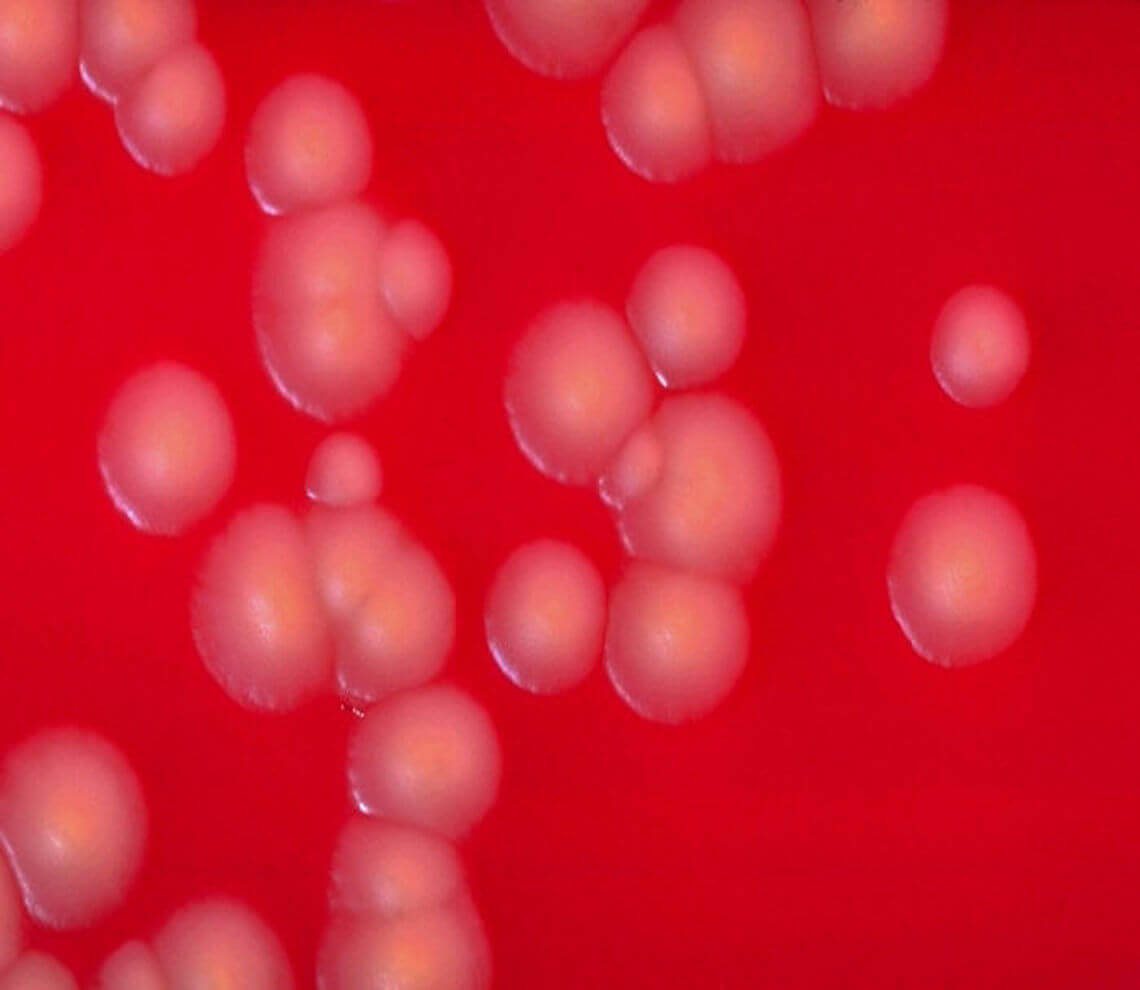- Our Suppliers
- MBS Monoclonals
- Mouse Anti-Human CD107b/LAMP-2-BIOT
Product short description
Price:
332 EUR
Size:
100 Tests
Catalog no.:
GEN674325
Product detailed description
Gene name
N/A
Gene name synonims
N/A
Other gene names
N/A
Concentration
N/A
Purification method
N/A
Other names
N/A
Clone
H4B4
Clonality
Monoclonal
Immunoglobulin isotype
Mouse IgG1
Latin name
Mus musculus
Also known as
CD107b (LAMP-2)
Host organism
Mouse (Mus musculus)
Subcategory
Mnoclonal antibodies
Category
Secondary Antibodies
Form/Appearance
Biotin (BIOT) Conjugate
Tested applications:
Flow Cytometry; Immunohistochemistry (Acetone Fixed/Frozen Sections)
Description
This antibody needs to be stored at + 4°C in a fridge short term in a concentrated dilution. Freeze thaw will destroy a percentage in every cycle and should be avoided.
Species reactivity
Human (Homo sapiens); Due to limited knowledge and inability for testing each and every species, the reactivity of the antibody may extend to other species which are not listed hereby.
Properties
Human proteins, cDNA and human recombinants are used in human reactive ELISA kits and to produce anti-human mono and polyclonal antibodies. Modern humans (Homo sapiens, primarily ssp. Homo sapiens sapiens). Depending on the epitopes used human ELISA kits can be cross reactive to many other species. Mainly analyzed are human serum, plasma, urine, saliva, human cell culture supernatants and biological samples.
Test
MBS Monoclonals supplies antibodies that are for research of human proteins.Mouse or mice from the Mus musculus species are used for production of mouse monoclonal antibodies or mabs and as research model for humans in your lab. Mouse are mature after 40 days for females and 55 days for males. The female mice are pregnant only 20 days and can give birth to 10 litters of 6-8 mice a year. Transgenic, knock-out, congenic and inbread strains are known for C57BL/6, A/J, BALB/c, SCID while the CD-1 is outbred as strain.
Storage and shipping
The purified (UNLB) antibody is supplied as 0.1 mg of purified immunoglobulin in 1.0 mL of 100 mM borate buffered saline, pH 8.0. No preservatives or amine-containing buffer salts added. Store at 2- 8 degree C. The fluorescein (FITC) conjugate is supplied as 100 tests in 1.0 mL of PBS/NaN3. Store the antibody ats should be kept in the range of 1-7 degrees Celsius.. The biotin (BIOT) conjugate is supplied as 100 tests in 1.0 mL of PBS/NaN3. Store the antibody ats should be kept in the range of 1-7 degrees Celsius.. The R-phycoerythrin (R-PE) conjugate is supplied as 100 tests in 1.0 mL of PBS/NaN3 and a stabilizing agent. Store the antibody ats should be kept in the range of 1-7 degrees Celsius.. Do not freeze! The Spectral Red (SPRD) conjugate is supplied as 100 tests in 1.0 mL of PBS/NaN3 and a stabilizing agent. Store the antibody ats should be kept in the range of 1-7 degrees Celsius.. Do not freeze! Protect conjugated forms from light. Each reagent is stable for the period shown on the bottle label if stored as directed.
Specificity and cross-reactivity
Human CD107b/LAMP-2 CD107b, also known as lysosomal-associated membrane protein 2 (LAMP-2), is a heavily glycosylated, type I transmembrane protein that constitutes the major sialoglycoproteins on lysosomal membranes. It is a ligand for galaptin, an S-type lectin present in extracellular matrix, through its recognition of acetyllactosamine oligosaccharide chains, and is a ligand for E-selectin-mediated cell adhesion. CD107b is expressed by granulocytes, T cells, macrophages, dendritic cells, activated platelets tonsillar epithelium and some tumor cell lines, including U937 and KG1a. It is also a widely expressed intracellular antigen. LAMP-2 may function in protecting the inner surface of the lysosomal membrane by forming a barrier to lysosomal hydrolases. The upregulation of both CD107a and CD107b on the surface of tumor cell lines has been associated with their enhanced metastatic potential, where they may increase adhesion to extracellular matrix and endothelium.1-7 ; Since it is not possible to test each and every species our knowledge on the corss reactivity of the antibodies is limited. This particular antibody might cross react with speacies outside of the listed ones.
© Copyright 2016-Tech News . Design by: uiCookies

